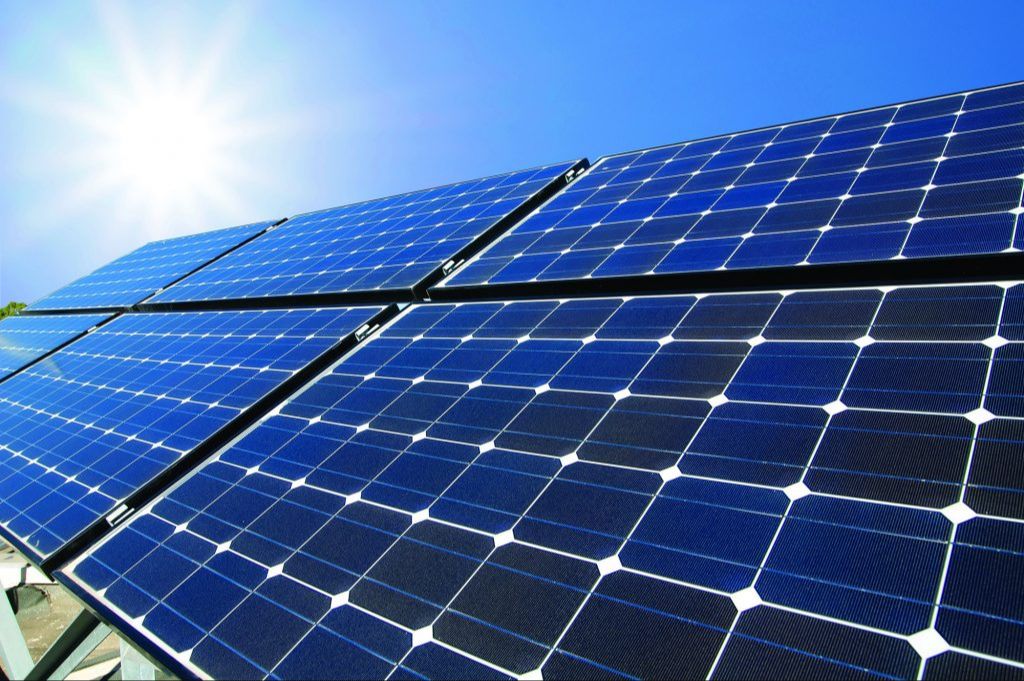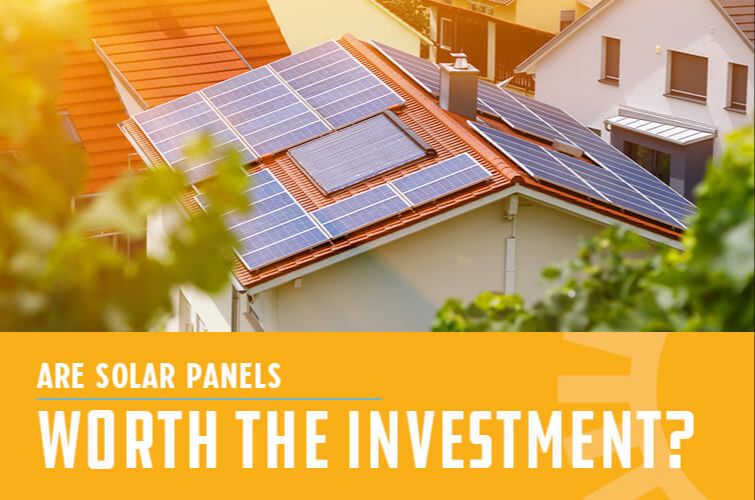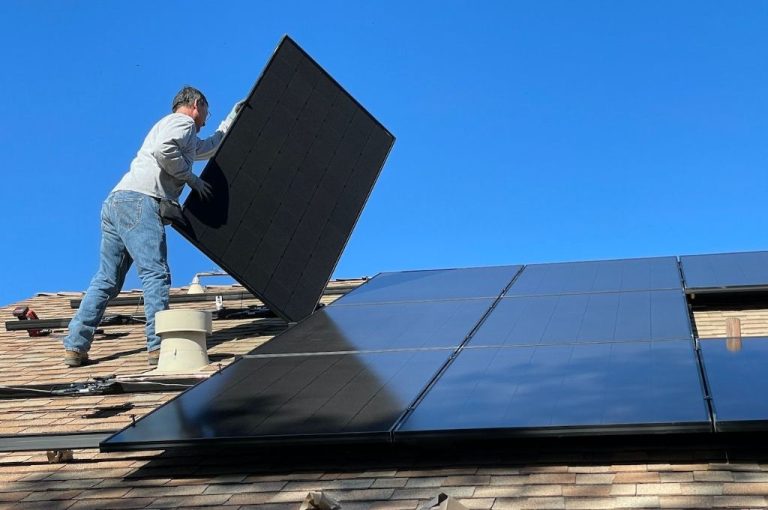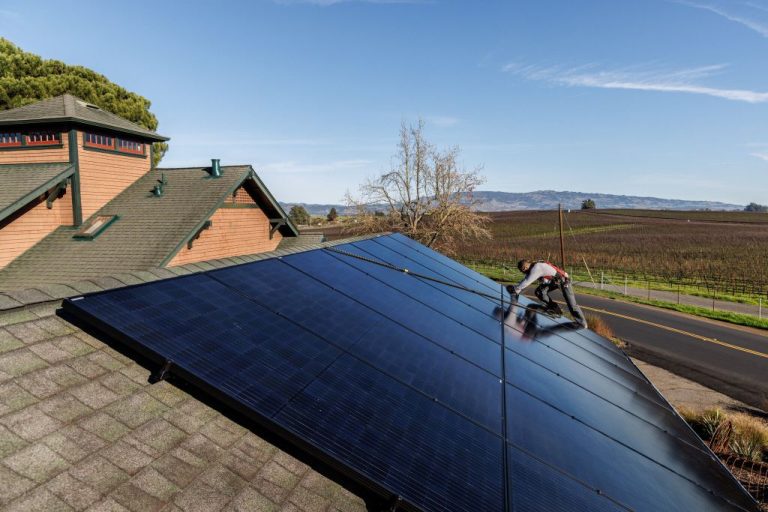Future Of Solar Energy Pdf

Solar energy has emerged as a rapidly growing renewable energy source over the past decade. As solar technology improves and costs decline, solar power is becoming increasingly competitive with conventional energy sources. According to Solar Energy Growth Statistics (2022), global solar photovoltaic (PV) capacity grew over 30% in 2021 to reach over 1,000 gigawatts. Solar now accounts for around 3% of global electricity generation, up from just 0.1% a decade ago. This growth is expected to continue as more countries adopt supportive policies and companies invest in solar projects. This article will provide an overview of the major trends driving the expansion of solar power, discuss key developments in solar technology, examine the future outlook and challenges, and highlight why solar is poised to play a major role in the global transition to renewable energy.
Declining Costs
The costs of solar energy have declined dramatically in recent years. According to Why choose solar air conditioner and how to calculate cost saving, solar panel costs have decreased by 75% compared to 2017. There has been a significant reduction in the cost of residential PV systems as well. For example, Revision Energy notes that since 2010, there has been a 64% reduction in the cost of residential PV systems.
These cost declines have made solar energy much more affordable and accessible for homeowners and businesses. The main factors driving the cost decreases include improved manufacturing techniques, economies of scale as production has increased, and advancements in solar cell technology that have improved efficiency and lowered material costs.
Experts predict that solar costs will continue to fall over time. Further declines in both solar panel prices and soft costs like installation and permitting are expected to bring costs down even more in the future. This will allow solar power to become cost competitive with conventional power sources across wider geographies.
Improving Efficiency
Solar cell efficiency has steadily increased over the past few decades thanks to advances in materials and manufacturing techniques. According to an analysis in the journal Materials Today Energy, the record lab efficiency for crystalline silicon solar cells increased from around 15% in the 1990s to over 26% in 2020.[1] Researchers are focused on developing new solar cell designs, materials, and manufacturing processes to continue pushing efficiency higher.
Some key areas of innovation include multi-junction solar cells, perovskites, quantum dots, and nanomaterials. Multi-junction solar cells use multiple semiconductor layers tuned to absorb different wavelengths of light, achieving much higher efficiencies than single-junction designs. Combining silicon with perovskites is a promising approach, with tandem cells reaching over 29% efficiency in labs.[2] Quantum dots and nanomaterials are also being integrated to better capture and convert photons.
As these technologies mature and scale up, average commercial solar panel efficiencies are projected to steadily rise. Higher efficiencies reduce overall system costs and footprint requirements, making solar more cost-competitive and applicable.
Storage Solutions
One of the key challenges facing solar energy is the ability to store and dispatch power when the sun isn’t shining. However, new developments in batteries and other storage technologies are helping to overcome this hurdle and enable 24/7 solar power.
Lithium-ion batteries have become a popular storage solution, providing high efficiency and falling costs as production scales up. According to Blue Raven Solar, developments in lithium-ion chemistry and battery management systems have increased energy density and cycle life. Flow batteries are another promising technology using liquid electrolytes to store larger amounts of energy.
An alternative to batteries is using solar energy to produce hydrogen fuel via electrolysis. The hydrogen can then be stored and later converted back into electricity using a fuel cell when needed. As Sifted reports, Norwegian startup Photon has developed a reversible fuel cell system to provide solar storage without any moving parts or degradation over time.
Thermal energy storage is another approach, where solar heat is stored in materials like molten salt and can generate steam to run a turbine on demand. With many storage solutions advancing, solar power has potential to play a greater role in grids worldwide.
Supportive Policies
Government policies at the federal, state, and local levels have played an important role in driving adoption of solar energy in the United States. One of the most impactful policies is the federal solar Investment Tax Credit (ITC), which provides a 26% tax credit for residential solar installations and a 22% tax credit for commercial projects as of 2022. The ITC has helped reduce the upfront costs of solar installations and is estimated to have supported over $140 billion in solar investments from 2006-2020.
Many states also offer additional tax credits, rebates, and other incentives for solar. For example, California, Massachusetts, and New York have robust incentive programs. States with abundant solar resources like Arizona, Nevada, New Jersey, and Florida also offer incentives to promote growth in solar capacity. Local governments may also provide property tax exemptions, streamlined permitting, and other initiatives to encourage solar adoption.
Net metering policies, which allow solar customers to get credit for excess energy fed back to the grid, have also supported the economic case for rooftop solar in many states. Renewable portfolio standards that require utilities to source a percentage of their electricity from renewables have further driven large-scale solar deployment.
Increased Adoption
The adoption of solar energy around the world has been growing at an exponential rate in recent years. According to a report published in Applied Energy (Adenle, 2020), solar power capacity increased over 2700% globally between 2008-2018. Significant growth has occurred across regions like Europe, China, the United States, India and Africa. Falling prices of solar panels, better storage solutions and supportive government policies have helped drive this rapid rise.
One major factor spurring solar adoption is the dramatic cost reductions seen in PV modules. Since 2010, the average price of solar panels has dropped by over 80% (Izam et al., 2022). This makes solar much more affordable and attractive for residential, commercial and utility-scale applications. As prices continue to fall, solar energy is expected to reach grid parity in more markets, further accelerating uptake.
Government incentives like tax credits, rebates and renewable portfolio standards have also boosted solar installations around the world. Countries like Germany, Japan and the U.S. implemented strong pro-solar policies which helped drive early growth. Emerging markets like India, Turkey and Brazil have set ambitious solar targets, leading to surging demand. If supportive policies continue, the outlook for global solar adoption remains very bright.
Grid Integration
As solar energy production increases, integrating large amounts of solar generation onto the electric grid presents technical and operational challenges. However, there are several innovations and strategies to enable higher solar grid integration while maintaining grid reliability and stability.
One approach is advanced inverter technology that can provide voltage support, low voltage ride through capability, and advanced grid services. Smart inverters can also help smooth out solar’s variability and unpredictability through advanced functions like volt-VAR control, frequency-watt control, and ramp rate control.[1]
Upgrading transmission infrastructure can reduce congestion and enable greater power flows from remote solar resources to load centers. Dynamic line rating systems also allow grids to carry more power without new infrastructure. Energy storage systems, like batteries and pumped hydro, can store excess solar generation and discharge when needed.[2]
Improved forecasting of solar output, sub-hourly scheduling of solar projects, larger and more efficient balancing areas, and regional coordination of operations can better optimize solar integration. Market reforms to properly value solar’s contributions to grid reliability and resilience are also important.
With thoughtful engineering and planning, experts foresee the ability to integrate very high renewable energy penetrations across the grid. However, it requires continued technology development, new operating procedures, and updated policy and market frameworks.[1][2]
Future Outlook
The future outlook for solar energy is very positive. According to a report by Grandell (2016), solar energy is projected to continue growing in adoption and meet up to 16% of the world’s total energy demand by 2050 [1]. As solar technology improves and costs continue to fall, solar is expected to reach grid parity in 80% of countries by 2030 [2]. Key areas of growth include residential and commercial rooftop solar, utility-scale solar farms, and solar integration into existing electric grids. If supportive policies continue and storage and grid integration challenges are addressed, the future for solar is exceedingly bright.
Challenges
While solar energy has many advantages, it also faces some ongoing challenges. Two key challenges are intermittency and land use.
Solar energy relies on consistent sunlight to generate electricity. However, the amount of sunlight that reaches the Earth’s surface varies due to the time of day, seasons, and unpredictable weather events like storms and clouds. This intermittency means solar power can have large fluctuations in supply (source). Solutions like energy storage and hybrid systems can help smooth out the variability, but intermittency remains an issue.
Solar farms and large-scale installations also require significant amounts of land. Estimates suggest utility-scale solar projects use around 5-10 acres per megawatt of capacity, meaning a 200 MW installation would need 1,000 to 2,000 acres of land (source). This could compete with agricultural land or wildlife habitats in some cases. Careful siting, multi-purpose land use, and rooftop solar can help mitigate land use challenges.
Other issues like costs, grid integration complexities, and recycling must also continue to be addressed. But overall, many experts see a bright future for solar power as solutions emerge and technology improves.
Conclusion
The future is bright for solar energy. With costs continuing to fall and efficiency rising, solar power is becoming competitive with conventional power sources. Widespread adoption of solar panels, innovative storage solutions, and policies supporting renewable energy are accelerating the transition. While challenges remain, the outlook is positive for solar to supply an increasing share of the world’s electricity.
In summary, solar photovoltaic and concentrated solar power technologies are rapidly improving. Solar energy has gone mainstream around the globe, providing clean renewable electricity at competitive prices. With smart policies and advances in energy storage, solar can reliably meet peak energy needs. The future is solar.







